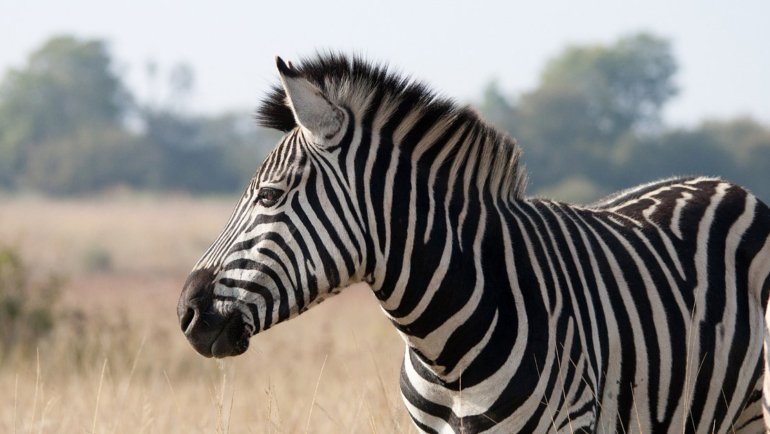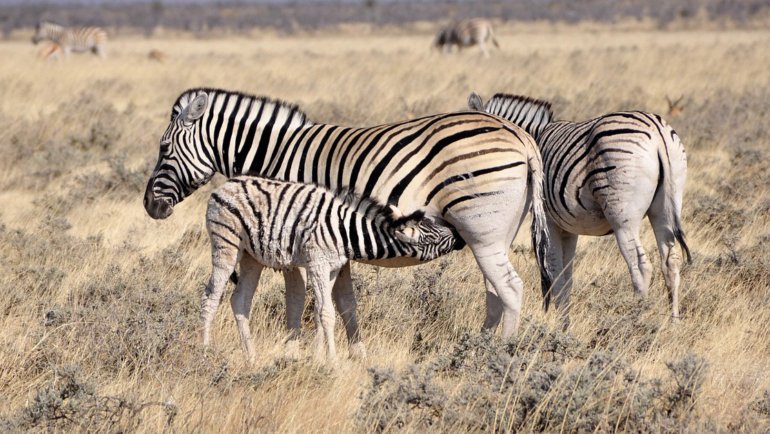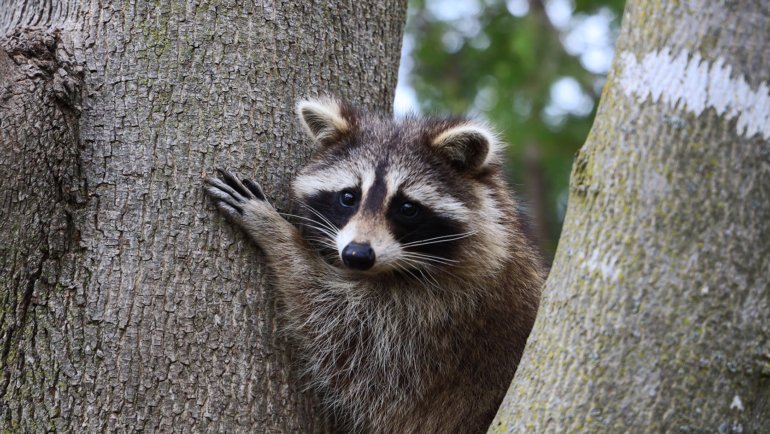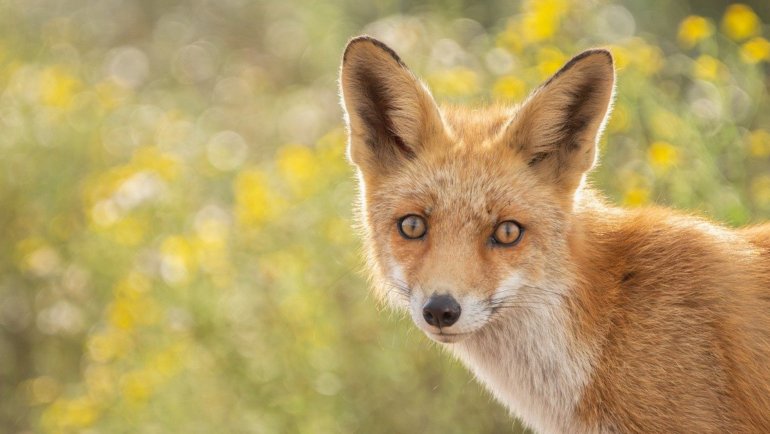Welcome to this page where we will discover the fascinating world of antelopes – creatures that showcase the true essence of elegance, speed, and survival strategies in the wild.
Antelopes, with their agile bodies and graceful movements, are an embodiment of the wild’s beauty, representing an impressive diversity of species spread across the world’s grasslands, forests, deserts, and mountains.
This article offers a comprehensive overview of the life of antelopes, including their classification, unique characteristics, behavior, diet, and more.
The Antelope at a Glance
Classification
| Kingdom: | Animalia |
| Phylum: | Chordata |
| Class: | Mammalia (Mammals) |
| Order: | Artiodactyla |
| Family: | Bovidae |
| Subfamily: | Antilopinae |
Essential Information
| Average Size: | 3-5 ft at shoulder height (0.9-1.5 m) |
| Average Weight: | 25-2000 lb (11-907 kg), varying significantly between species |
| Average Lifespan: | 10-25 years in the wild, up to 20 years in captivity |
| Geographical Range: | Africa, Asia, Middle East |
| Conservation Status: | Varies by species, ranges from Least Concern to Critically Endangered |
Species and Subspecies
Antelopes belong to the Bovidae family, which includes other cloven-hoofed animals like cows, sheep, and goats. Within this family, there are over 90 species of antelope, each with its unique traits and adaptations for survival.
They range in size from the small royal antelope (Neotragus pygmaeus) to the massive eland (Taurotragus oryx and Tragelaphus derbianus).
The diversity also extends to their habitats, with some species, like the addax (Addax nasomaculatus), adapted for desert life, while others, like the sitatunga (Tragelaphus spekii), are semi-aquatic.
Their conservation status varies greatly as well, with some species like the Springbok being plentiful, while others like the Saiga antelope or the addax are critically endangered.
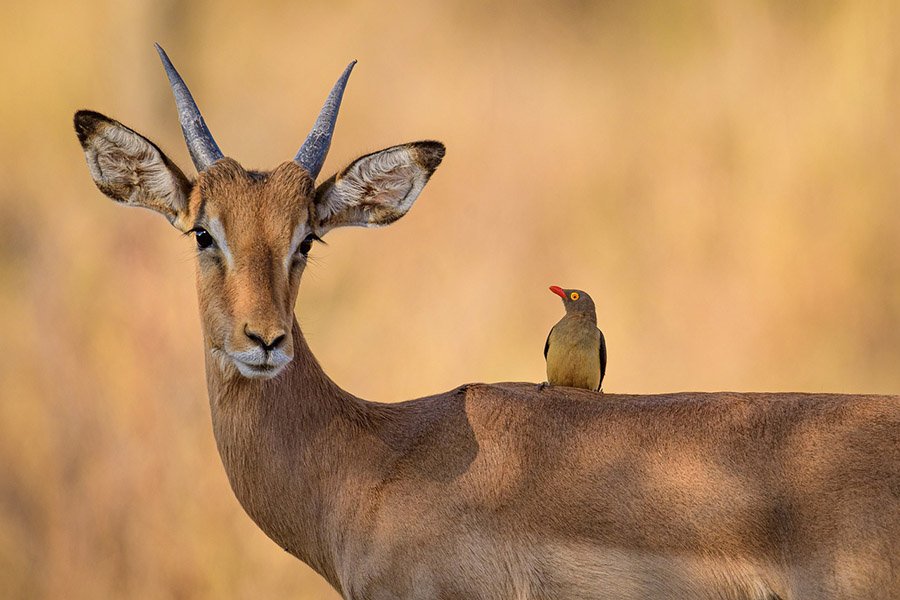
Description
Antelopes are known for their slender, elongated bodies, long legs, and striking horns. They can range in size from the royal antelope, standing only 10-12 inches (25-30 cm) tall at the shoulder and weighing around 5-6 pounds (2-3 kg), to the giant eland, reaching up to 5 feet (1.5 meters) at the shoulder and weighing up to 2000 pounds (907 kg).
Their coat color varies significantly from species to species, ranging from light sandy colors to deep browns and even blacks. Some have distinctive markings such as stripes or spots.
In many species of antelope, sexual dimorphism is evident. Males are usually larger than females and often possess more impressive horns, which can be straight or spiraled, short or long, depending on the species. In some species, like the dik-dik, only males bear horns.
Habitat and Distribution
Antelopes are primarily native to Africa, but some species are found in Asia and the Middle East. They inhabit a wide range of habitats, including grasslands, savannahs, forests, deserts, and marshes.
For instance, the Saharan oryx prefers the harsh conditions of the desert, while the Nile lechwe thrives in swampy habitats. Similarly, the goral found in Asia prefers rocky, mountainous regions.
The habitat and geographical range of a particular antelope species play a significant role in shaping its behavior, diet, and reproductive patterns.
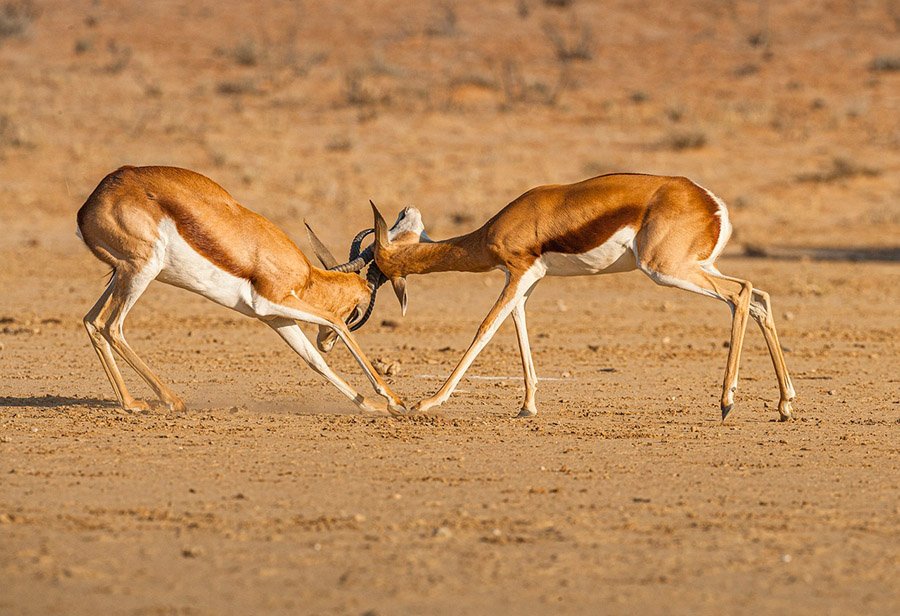
Behavior
Antelope behavior varies significantly between species. Many antelopes, such as the impala and wildebeest, are diurnal and most active during the cooler hours of the day. However, others, like the oryx, are more active at night to avoid the intense heat of their desert habitat.
Antelopes exhibit diverse social structures. Some species, like the roan antelope, form small herds, while others, such as the springbok and wildebeest, gather in large groups that can number in the thousands. Some antelopes, especially males, are solitary outside of the mating season.
Communication within antelope species is primarily visual and acoustic, but scent marking also plays a role. Antelopes use a range of sounds, from bellows and roars to grunts and bleats, to communicate with each other. Visual signals, such as posturing or horn displays, are also common, especially among males during the mating season or territorial disputes.
Diet and Feeding Behavior
Antelopes are herbivores and their diet primarily consists of grasses, leaves, shoots, and occasionally fruits and seeds. Their feeding behavior depends largely on the availability of food in their habitat.
For instance, antelopes living in arid areas, like the oryx, are adapted to go long periods without water, obtaining most of their moisture needs from the food they eat.
Some species are grazers (preferring grass), others are browsers (preferring leaves and shoots from trees), and some are mixed feeders. Their highly evolved digestive systems allow them to utilize plant matter more efficiently than many other herbivores.
Predators
Due to their size and habitat, antelopes have a variety of natural predators. Lions, leopards, cheetahs, hyenas, and African wild dogs are the primary predators of antelopes in Africa. In Asia, antelopes have to watch out for predators such as tigers and dholes.
The antelopes’ primary defense against predators is their speed and agility. Some species, like the springbok, can reach speeds of up to 55 mph (88 km/h).
Antelopes also use tactics such as stotting (jumping high into the air) to demonstrate their fitness and discourage predators. Some species also use their sharp horns in defense if cornered.
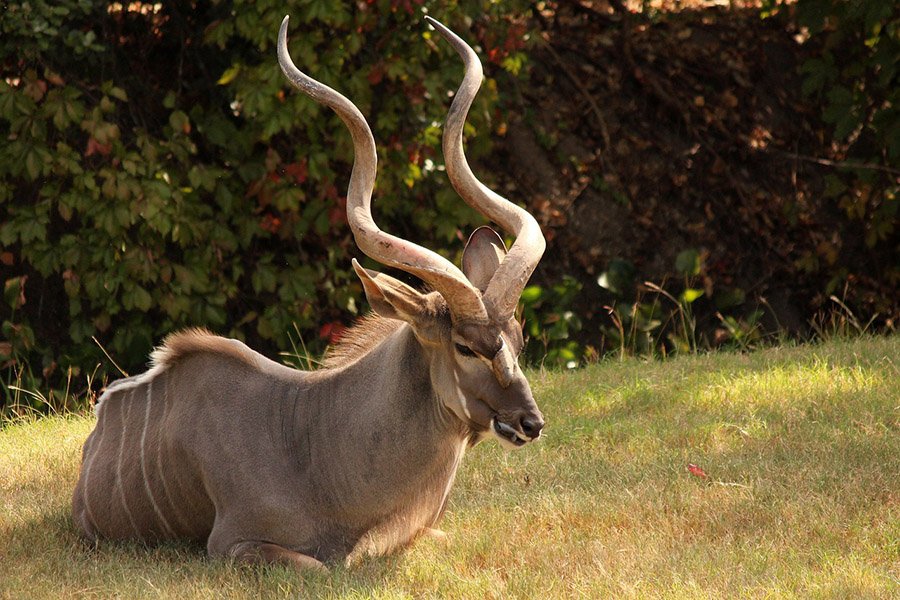
Reproduction and Life Cycle
Reproductive strategies among antelope species vary greatly, but most species engage in polygynous mating systems where dominant males mate with multiple females. In many species, males will establish and defend territories during the breeding season, often engaging in battles with rivals using their horns.
The gestation period also varies among species, generally ranging from four to nine months. Antelopes typically give birth to a single calf, although twins are not uncommon in some species. Mothers often isolate themselves to give birth and will hide their young for several days or weeks before introducing them to the herd.
Most antelope species exhibit rapid growth and development. This is essential for their survival as they need to be able to keep up with the herd and escape from predators. Weaning usually occurs between two to six months, and the young antelope reach sexual maturity in one to two years.
Conservation and Threats
The conservation status of antelopes varies greatly depending on the species. Some, like the Springbok and Wildebeest, are relatively abundant, but others, such as the Saiga and Hirola, are critically endangered according to the International Union for Conservation of Nature (IUCN).
Threats to antelopes include habitat loss and fragmentation due to agricultural expansion, human settlement, and climate change. Additionally, they face threats from hunting and poaching for their meat, hides, and in some cases, their horns.
Conservation efforts for antelopes involve both in-situ and ex-situ strategies. In-situ conservation involves the protection and management of natural habitats, such as national parks and wildlife reserves. In some cases, it may also involve legal protections against hunting.
Ex-situ conservation includes the breeding of antelopes in captivity for potential reintroduction into the wild. International cooperation, local community involvement, and robust enforcement of wildlife laws are all crucial to the success of these conservation efforts.
Fun Facts
- Antelopes have a diverse range of adaptations that help them survive in their environment. For instance, the Springbok, a desert antelope, can go without drinking water for years, obtaining the necessary hydration from the plants it eats.
- Some species of antelopes, like the Impala, are known for their impressive jumping abilities. They can leap up to 10 feet high and cover a distance of 30 feet in a single bound when trying to escape from predators.
- Despite the variations in size and shape, almost all male antelopes have horns. Interestingly, in some species, like the African Eland, both males and females sport horns.
- The fastest antelope, the Springbok, can reach speeds up to 60 mph, making it the third-fastest land animal in the world, behind only the cheetah and pronghorn.
- The smallest antelope species, the Royal Antelope, stands only about 10 inches tall at the shoulder and weighs about 5.5 pounds, similar to a small domestic cat.
Frequently Asked Questions
Are antelopes related to deer?
While they may look similar and both belong to the same order (Artiodactyla), antelopes and deer belong to different families. One key difference is that antelope horns, made of keratin, are permanent while deer antlers, made of bone, are shed and regrown annually.
What is the lifespan of an antelope?
Lifespan varies among species, but on average, antelopes live between 10 to 25 years in the wild. In captivity, they can live longer due to the absence of predators and the availability of a consistent food supply.
What do antelopes eat?
Antelopes are herbivores. Their diet mainly consists of grasses, leaves, shoots, fruits, and bark. The exact diet can vary depending on the species and the habitat in which they live.
Can antelopes swim?
Yes, many antelope species are capable swimmers, although they do not typically choose to swim unless necessary, such as when escaping from predators or crossing bodies of water during migrations.
Why do antelopes have horns?
Antelopes use their horns for several reasons: for defense against predators, to fight with other males for mating rights, and as a way to dig for food and water. The shape, size, and number of horns can vary greatly among species.
